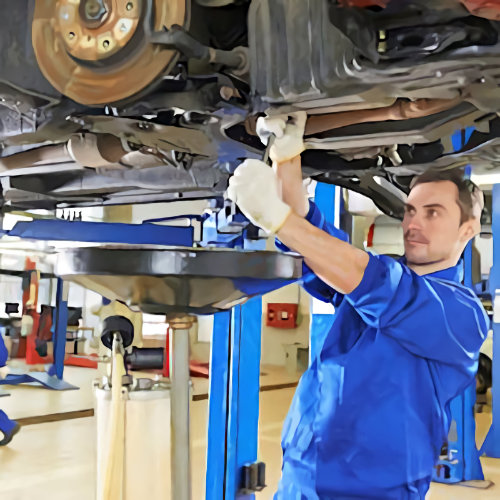Proper Tool Use
Always use proper-sized tools and equipment for the job. Use each tool only for the job for which it was intended. Forcing a small tool to do the job of a large one may result in injury or tool damage.
Be sure to follow these general safety rules when using hand tools:
- Inspect tools before using.
- Avoid using damaged tools.
- Tools that appear to be damaged or have broken handles should be marked unsafe.
- Do not use damaged or defective tools until they have been repaired.
- Never use a screw driver to see if electrical circuits are hot.
- Never use a machinist's hammer in place of a carpenter's hammer.
- Do not strike a hardened steel surface, such as an anvil, with a steel hammer because a small piece of steel may break off and injure someone.
- Be sure wrenches fit properly.
- Never use pliers in place of a wrench.
- Never strike wrenches with hammers or use wrenches as hammers.
- Pull on wrenches. Do not push.
- When sawing, secure the material in the saw vise.
- Be careful not to hit your fingers when using a hammer.
- Carry all sharp-edge tools and chisels with the cutting edge down.
- Do not carry sharp tools in a pocket.
- Store all sharp-edge cutting tools with the sharp edges down.
- Grip and hold tools so that they do not slip and hit someone.
- Do not wear gloves if they are bulky and make gripping tools difficult.
Knowledge Check Choose the best answer for the question.
2-6. What is a general safety rule for proper hand tool use?
You forgot to answer the question!

